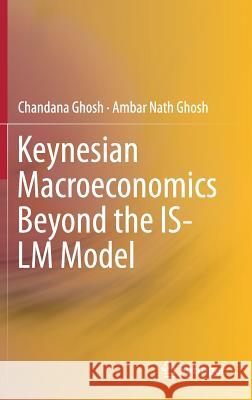Keynesian Macroeconomics Beyond the Is-LM Model » książka
topmenu
Keynesian Macroeconomics Beyond the Is-LM Model
ISBN-13: 9789811378874 / Angielski / Twarda / 2019 / 258 str.
Keynesian Macroeconomics Beyond the Is-LM Model
ISBN-13: 9789811378874 / Angielski / Twarda / 2019 / 258 str.
cena 362,27
(netto: 345,02 VAT: 5%)
Najniższa cena z 30 dni: 346,96
(netto: 345,02 VAT: 5%)
Najniższa cena z 30 dni: 346,96
Termin realizacji zamówienia:
ok. 22 dni roboczych.
ok. 22 dni roboczych.
Darmowa dostawa!
Kategorie:
Kategorie BISAC:
Wydawca:
Springer
Język:
Angielski
ISBN-13:
9789811378874
Rok wydania:
2019
Wydanie:
2019
Ilość stron:
258
Waga:
0.59 kg
Wymiary:
23.39 x 15.6 x 1.91
Oprawa:
Twarda
Wolumenów:
01
Dodatkowe informacje:
Wydanie ilustrowane











